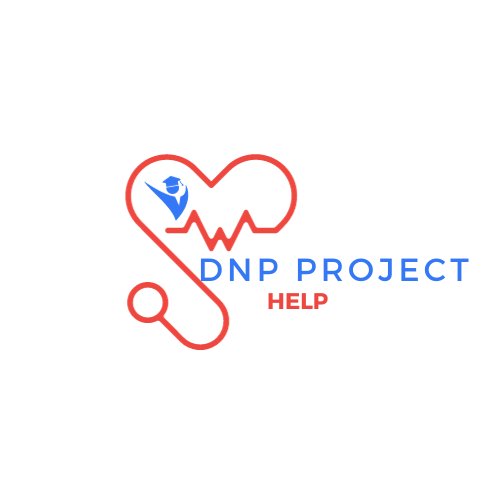
Welcome to the Evidence-Based Practice (EBP) Assignment! As part of your practical experience in this course, you’ll be working on a small-scale EBP Assignment. This project is a hands-on opportunity to apply the concepts you’ve learned in the course materials, providing a real-world learning experience to enhance your knowledge in your specialty area and support your growth as a scholar-practitioner.
To get started, check out the overview of the full EBP Assignment by following this link: [Evidence-Based Practice (EBP) Assignment Overview]. The document includes important due dates, so be sure to review them. Although there’s no need to submit anything this week, it’s a good idea to start thinking about and planning for this project as early as possible. You may also want to discuss it with your Practicum Mentor for additional guidance.
In the initial week, you’ll be setting learning objectives for your practicum experience. These objectives should be measurable and aligned with Bloom’s Taxonomy, reflecting your interest in expanding knowledge at the aggregate, organizational, or policy level. Remember, these objectives should not involve activities related to your DNP project. They will be identified during your mentoring course (NURS 8700P, 8700, 8701) and should be designed to achieve specific learning objectives related to the DNP Essentials and specialty competencies (AACN, 2006).
Your practicum objectives should include:
- Two to three learning objectives using Bloom’s Taxonomy.
- A description of how these objectives will expand your advanced nursing knowledge and skills at the aggregate, organizational, or policy level.
- The relationship of the learning objectives to the DNP Essentials.
Ensure that your learning objectives are submitted using APA style, as points may be deducted for lack of references, writing style, and APA format.
Remember to keep track of your practicum hours using the provided time log, which includes date, times, total hours, a brief description of activities, and the objectives being addressed. You’ll also submit journal entries in Weeks 3, 7, and 11, connecting your professional experience with your practice, program competencies/concepts, and relevant literature.
When you’re ready to submit your completed Practicum, follow the guidelines provided in the Submission and Grading Information section. Don’t forget to use the correct naming convention for your document.
If you have any questions, feel free to reach out to your instructor. Best of luck with your Evidence-Based Practice Assignment and practicum experience!
Practicum Journal Guidelines
Overview
You will be submitting your Clinical Time Log and Journal as part of your learning process in Weeks 3, 7, and 11. These journal entries are essential for connecting your professional experience with your practice, program competencies, and relevant literature. Ensure that your journal entries are week-based, sequential, and compiled in one file.
Journal Entry Components
| Criteria | Description |
| Observed Activity | Briefly describe the activity you observed (1 point) |
| Evidence-Based Analysis | Analyze the problem, issue, or situation using an evidence-based approach. Address any questions provided in the weekly practicum pages, if applicable (2 points) |
| Real-World Application | Explore how the real-world scenario aligns or differs from program-related evidence, concepts, and theories (2 points) |
| Time Log Submission | Submit your Time Log documenting your practicum hours (1 point) |
NURS 8410: Best Practices in Nursing Specialties
Application 1: Identification of a Practice Issue for EBP Assignment
Due by Day 7 of Week 2
Write a 1- to 2-page paper covering:
- Summary of the selected practice issue with outcomes differing from research literature expectations.
- Ensure the issue is suitable for the entire EBP Project.
Application 2: Laying the Foundation for New Approaches to Practice
Due by Day 7 of Week 5
Prepare a 3- to 5-page paper with:
- Brief summary of the science supporting practices for your EBP Assignment issue.
- Causes of the outcome difference from research literature.
- Effect of the issue in practice.
- Current research evidence on new practices.
- Summary of the evidence-based practice model or change theory for integrating new approaches.
Application 3: Becoming a Leader in the Translation of Evidence to Practice
Due by Day 7 of Week 7
Craft a 2- to 3-page paper synthesizing:
- Your vision as a leader.
- Strategies for increasing knowledge of financial and economic concerns.
- Ways to advocate for evidence-based practices through policy.
Application 4: Planning for Change, Implementing, and Evaluating EBP Assignments
Due by Day 7 of Week 10
Compose a 4- to 8-page paper addressing:
Planning for Change:
- Impact analysis of implementing change.
- Methods for addressing stakeholder and end-user concerns.
Implementing EBP Assignments:
- Identifying desired outcomes.
- Addressing macro or micro systems issues.
- Explaining how resolution improves quality and patient safety.
Evaluating EBP Assignments:
- Description of evaluation strategies.
- Formulation of new practice guidelines based on results.
- Relevant new standards of care, if applicable.
Week 1: Developing a Focus in Your Specialty Area (NURS 8410)
Overview
As a nurse and a doctoral student, you’ve already made valuable contributions to the nursing profession. However, to excel in advanced practice, you need a deeper understanding of issues in your specialty. In this course, you will work on an Evidence-Based Practice (EBP) Assignment during your practicum. This assignment involves evaluating the scientific foundations of a health care issue, applying effective practices, identifying outcomes, and developing new practice guidelines.
Learning Objectives
By the end of this week, you will:
- Formulate an EBP Assignment question incorporating theory, knowledge, research, reasoning, and nursing practice.
- Assess areas for professional growth within the practicum experience.
Practicum Preparation
Reflect on your potential for professional growth and create learning objectives to guide your practicum experience. Remember, the EBP Assignment is different from your DNP project developed with your DNP faculty.
Time Log
Keep a log of your practicum hours using the Meditrek account on the Welcome page. Continuous input of hours is crucial, and your time logs will be reviewed in weeks 3, 7, and 11.
Required Readings
- Clinical Research for the Doctor of Nursing Practice by A. J. Terry (Chapter 2: Developing the Researchable Problem)
- The Essentials of Doctoral Education for Advanced Nursing Practice by the American Association of Colleges of Nursing (AACN)
- Defining What Evidence Is, Linking It to Patient Outcomes, and Making It Relevant to Practice by Jeffs et al. (2013)
- Knowledge for the Good of the Individual and Society: Linking Philosophy, Disciplinary Goals, Theory, and Practice by McCurry et al. (2009)
- Evidence-Based Practice Step-by-Step: The Seven Steps of Evidence-Based Practice by Melnyk et al. (2010)
- Evidence-Based Practice, Step by Step: Asking the Clinical Question: A Key Step in Evidence-Based Practice by Stillwell et al. (2010)
- Improving Patient Care Through Student Leadership in Team Quality Improvement Projects by Tschannen et al. (2015)
Additional Resources
- Bloom’s Taxonomy – A guide to understanding educational objectives (Vanderbilt University Center for Teaching, 2017)
- PICO Search Strategies by Yensen (2013)
Documents
You will find the following resources in the Course Materials:
- Clinical Time Log and Journal (Word document)
- Literature Review Matrix (Word document)
- NURS 8410 Practicum Journal Template (Word document)
This week sets the foundation for your practicum journey. Stay engaged and enjoy your learning experience!



